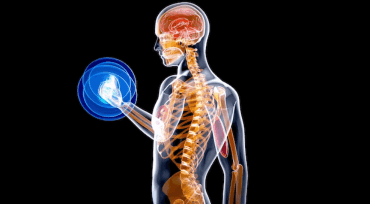Question
a.
Stocks of stable government-owned companies
b.
Bonds issued by a stable government
c.
Corporate bonds with high credit ratings
d.
Shares of well-diversified portfolios
Posted under IC 92 Actuarial Aspects of Product Development
Interact with the Community - Share Your Thoughts
Uncertain About the Answer? Seek Clarification Here.
Understand the Explanation? Include it Here.
Q. What is a suitable proxy for representing risk-free assets in the Capital Asset Pricing Model (CAPM)?
Similar Questions
Explore Relevant Multiple Choice Questions (MCQs)
Q. How is risk measured in the context of the CAPM?
View solution
Q. How does the CAPM determine the proper risk premium for a particular share?
View solution
Q. What does the beta factor (bi) represent in the Capital Asset Pricing Model (CAPM)?
View solution
Q. How is the expected return on an asset (Ei) calculated in the CAPM formula?
View solution
Q. What does a beta value greater than 1 imply in the context of the CAPM?
View solution
Q. What does the Capital Asset Pricing Model (CAPM) primarily focus on when estimating risk?
View solution
Q. Why does the CAPM not account for specific risk in its risk estimation?
View solution
Q. How does the availability of capital influence the shareholders' required return on capital?
View solution
Q. Who is the final judge of what constitutes an appropriate rate of return for shareholders?
View solution
Q. Why can't the overall rate of return from the Capital Asset Pricing Model (CAPM) be directly used as the risk discount rate in pricing models?
View solution
Q. How does launching a new product with innovative design features affect the risk discount rate?
View solution
Q. How does a change in the mix of business impact the market's evaluation of a company's riskiness?
View solution
Q. How does the lack of historical data affect the riskiness of a product design?
View solution
Q. Why do high guarantees contribute to the riskiness of a product?
View solution
Q. How do policyholder options impact the riskiness of a product?
View solution
Q. What effect do high overhead costs have on the riskiness of a product?
View solution
Q. How does the complexity of design impact the riskiness of a product?
View solution
Q. Why does targeting an untested market contribute to the riskiness of a product?
View solution
Q. How is the risk discount rate determined for different products?
View solution
Q. What is the relationship between the risk discount rate and the risk-free rate?
View solution
Recommended Subjects
Are you eager to expand your knowledge beyond IC 92 Actuarial Aspects of Product Development? We've handpicked a range of related categories that you might find intriguing.
Click on the categories below to discover a wealth of MCQs and enrich your understanding of various subjects. Happy exploring!








